OWASE WAPPA: Nature’s Gift Turns into Tableware Art
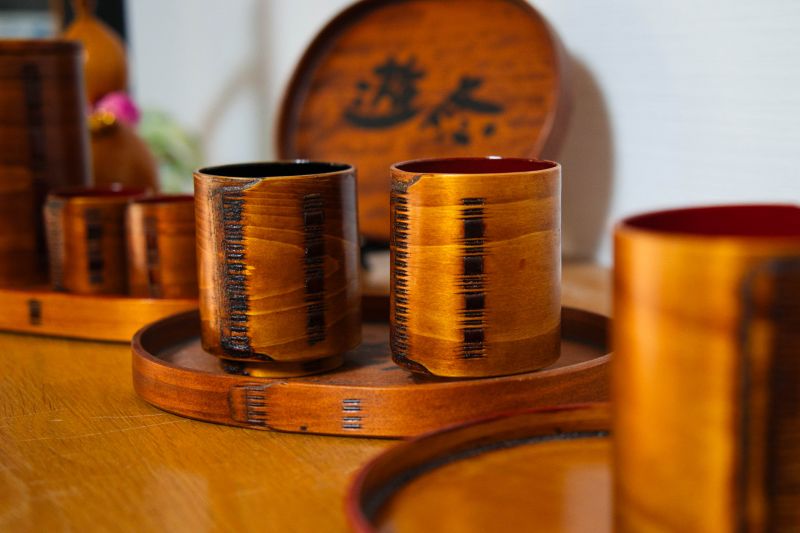
There is always something that touches the heart in Japanese handcrafts. Every material is carefully selected to craft an item that serves a specific purpose. Even though they are crafted to be of use, elegance and art are never neglected. This time, I drove my car to the southern part of Mie Prefecture to meet a very special person. The sole craftsman of Owase Wappa.
Written by Mutlu Sayar (Muu Sensei)
Even though Owase City is known for being one of the rainiest cities of Japan, it was a clear day on my visit. These rains play an important role in the creation of what is unique to Owase. Facing the Kumano-nada (sea of Kumano), Owase is mostly forested and has ria coast on the coastline.
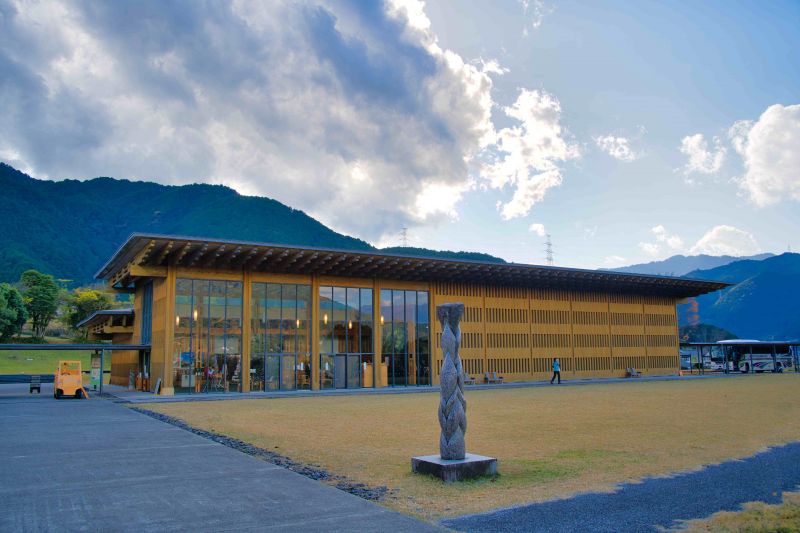
I first headed to Mie Prefectural Kumano Kodo Center. This large building is made of wood.
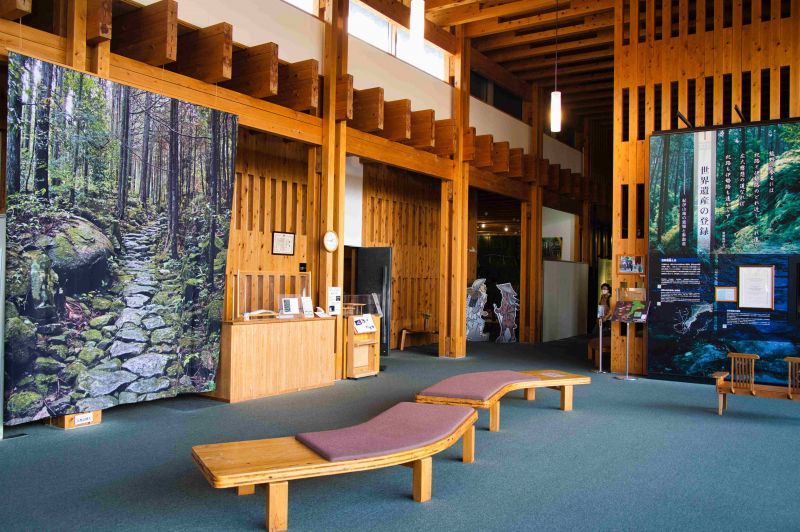
Walls, ceiling, roof, chairs, tables and others, everything I could see around me, were mostly made of “Owase hinoki” cypress or “Kumano sugi” cedar.
Owase hinoki is produced from the city’s unique topography and climate. Its unique sweet scent is thanks to those heavy rains I mentioned. Rains carry down the steep slope of Owase and deprive the soil of nutrients. Therefore, the trees grow slowly and the annual rings get dense. Consequently, the wood is rich in oil, the grain characterized by lustrous, beautiful reddish bark, excellence from decay.
The very well-known pilgrimage route, Kumano Kodo Iseji Route, is surrounded by beautiful forest of cypress and cedar. The route is inscribed on the World Heritage list by UNESCO and its certificate of registration is displayed in Kumano Kodo Center.
Check here to find out more about Kumano Kodo Iseji Route:
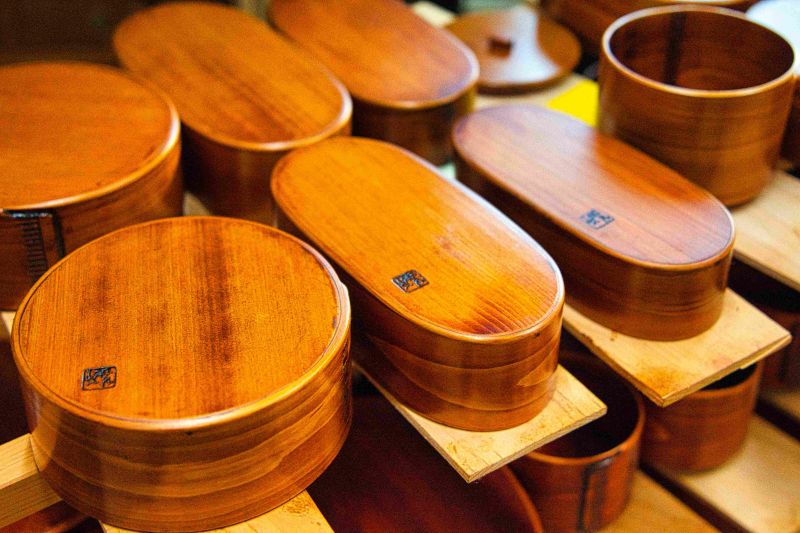
Over hundreds of years, in this beautiful city of Mie Prefecture, Owase hinoki has been used in construction and handcrafts due to its strength and durability. And also, none of the remnants goes to waste but has a way of use. These all make the wood excellent from the perspective of SDGs. And when we talk about handcrafts, one of the most famous ones is “Owase wappa.” Wappa is a traditional Japanese bentwood craft made with thin slices of wood, which is commonly used for lunch boxes.
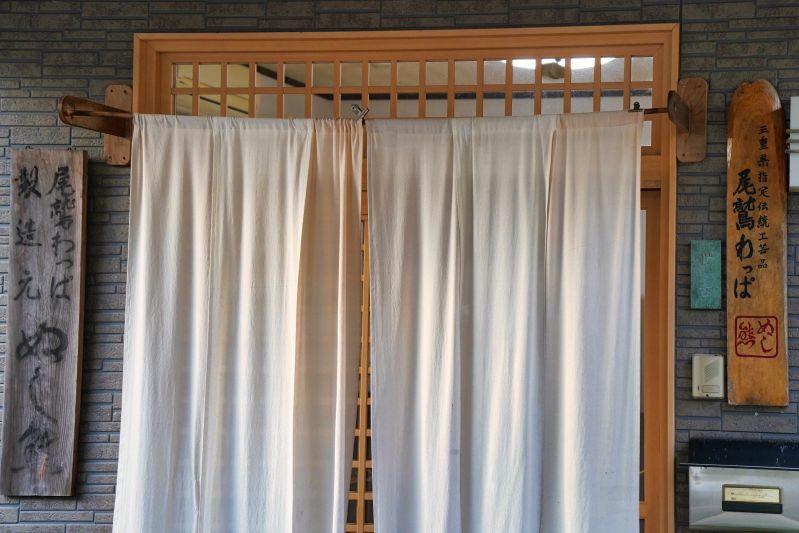
I headed to “Nushikuma,” a studio where Owase hinoki turns into tableware since 1887. When I arrived, I was very surprised to see not cypress but cherry trees in the garden.
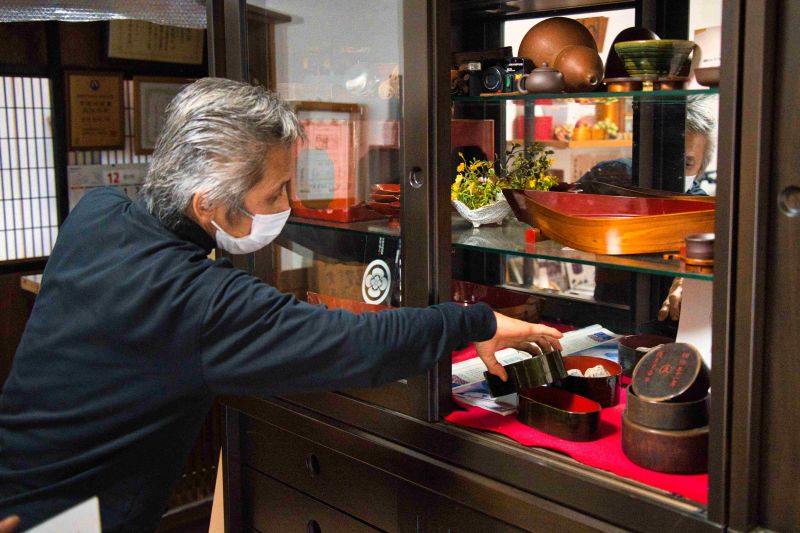
Eager to ask, we met Seko-san, the only surviving craftsman of Owase wappa.
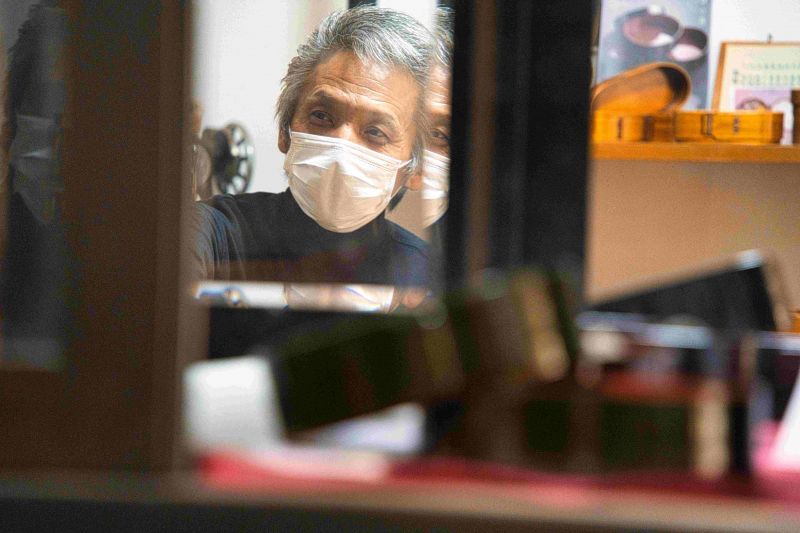
Seko-san gave us a very warm welcome. He is the fourth generation of Nushikuma, which was first founded by his great grandfather in 1887. He says he learned this craftsmanship by watching his predecessors.
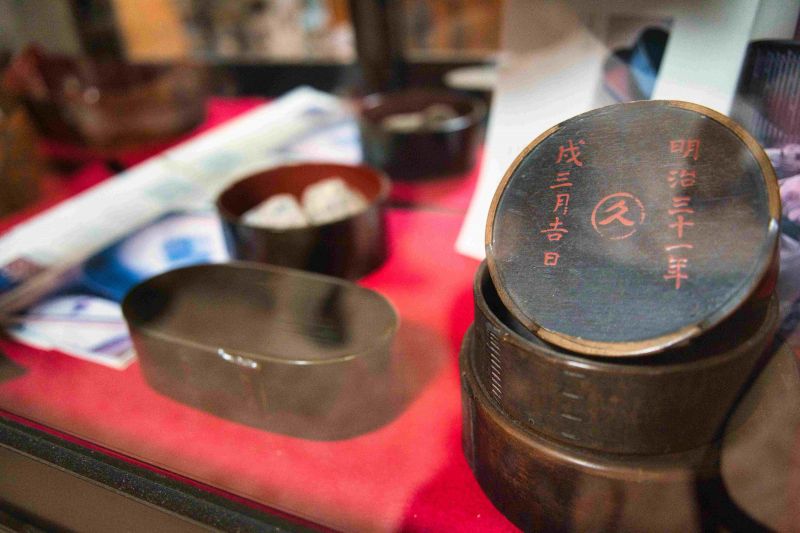
Seko-san says that there were other craftsmen who were making wappa. But they all gave up due to change of the times. He says even he wanted to quit after a fire hit and burnt down his house together with his workshop over twenty years ago. He thought it was the message for him to quit. However, after he visited the remains of the house, he saw his urushi lacquer bucket was unburnt.
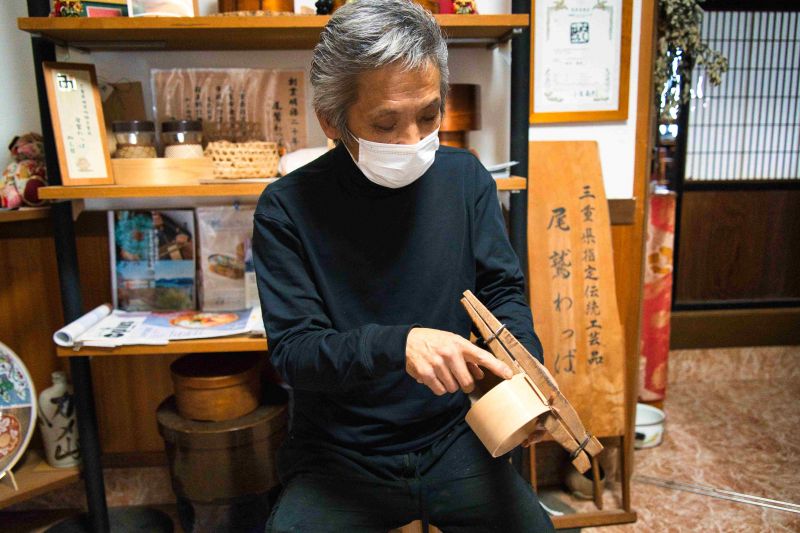
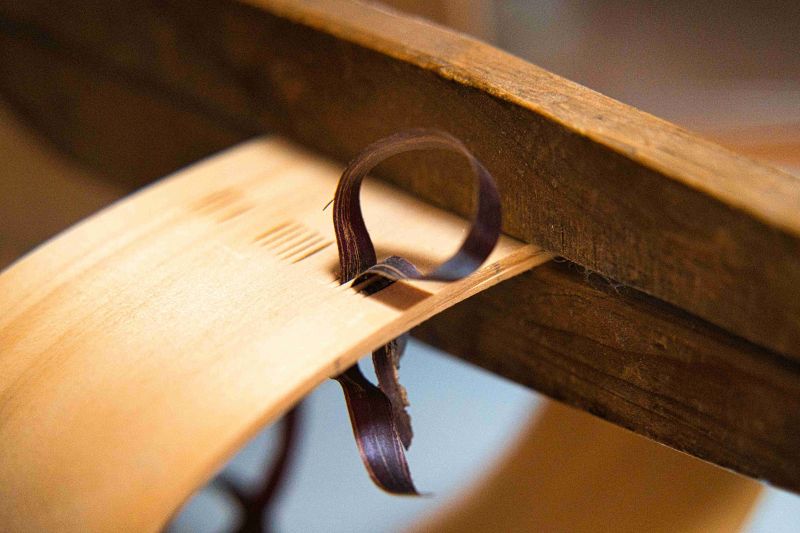
He applies natural urushi to his crafts. It takes 45 steps and more than a month to complete a wappa. All the materials used are completely natural. The wood of the cherry trees I saw at the entrance is used to make strips for binding. No glue, nothing unnatural is used. Multiple layers of urushi are applied by the brushes Seko-san made himself. As urushi is heat-resistant, it makes Owase wappa very durable to fire. Seeing his tools survived the fire, he thought that was the real message and continued crafting Owase wappa after rebuilding his house and studio.
With natural urushi, heat-resistant Nushikuma’s wappa is also acclaimed for its micorowave-safety. As suggested by Seko-san, his wife had tried using it in the microwave every day for one year. The result was great, the craft remained intact.
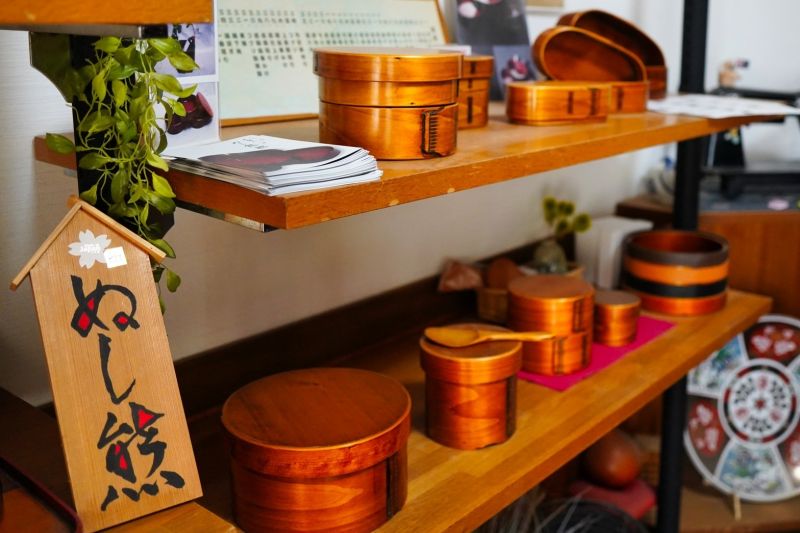
One of the moments Seko-san couldn’t forget was a customer’s reaction when she took an Owase wappa lunch box in her hands. Seko-san says, she was greatly delighted with the feel and kept saying “it’s so gentle” as she stroked her hands over the wappa. With his permission, I also took a wappa lunchbox in my hands. The feel was definitely extraordinary. So smooth and unexpectedly light for something that is famed with its strength.

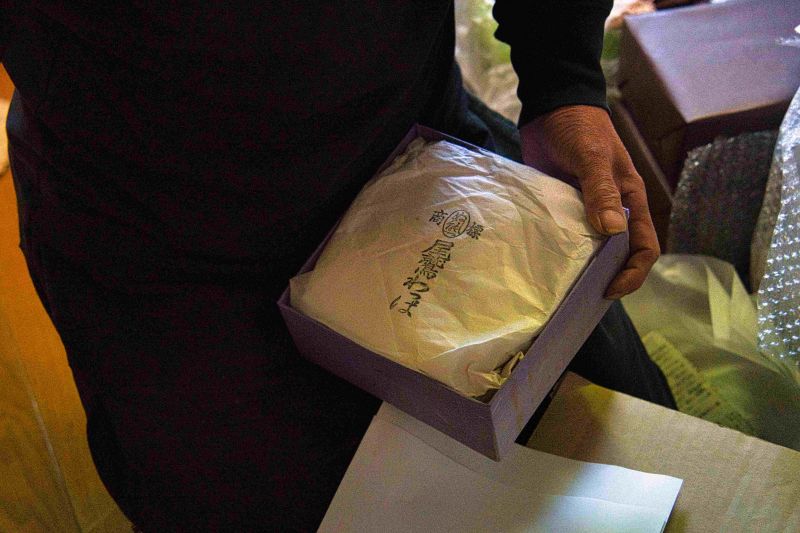
Seko-san also accepts repair requests. There are some repair requests of past Nushikuma works that were made decades ago. These are generally passed down from generation to generation. With good care, a Nushikuma craft can be used after even after 100 years.
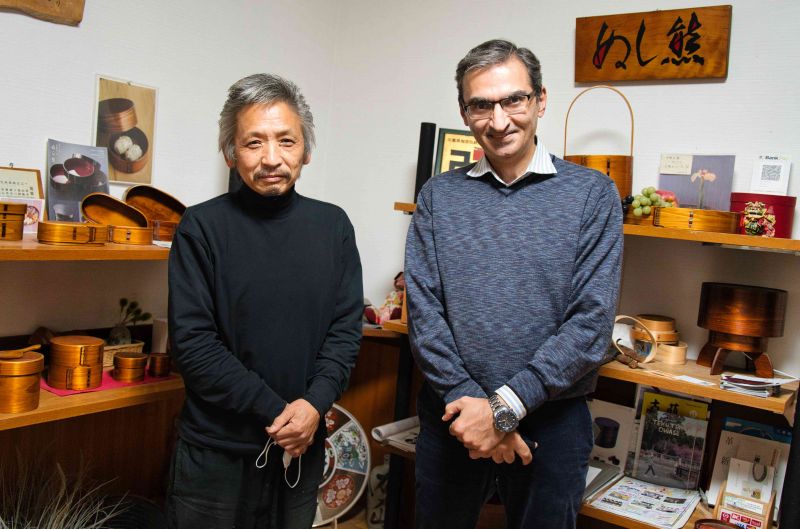
Seko-san continues to take orders even from online and keeps crafting beautiful tableware for everyone. Overloaded with new orders, it takes about one year for each order to be completed and delivered and it is very well worth the wait. I am looking forward to getting mine in my hands and tell the amazing story of Seko-san and his crafts to my sons. So that they will know how valuable a craftwork I gave them decades from today.